IoT vs. Traditional Pest Monitoring Systems
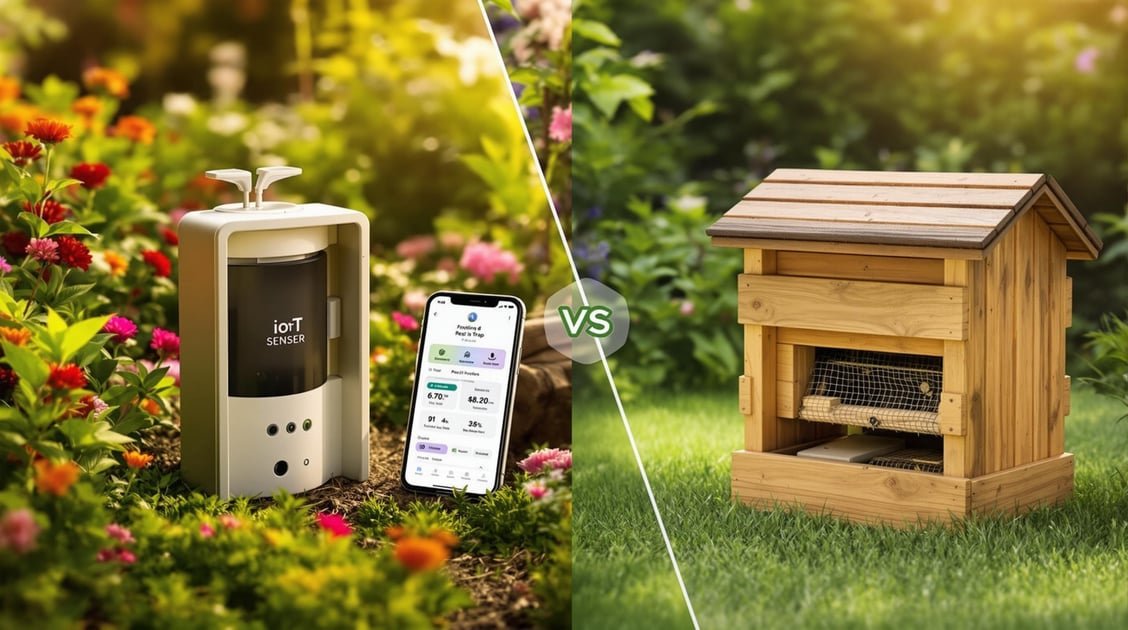
Looking to manage pests effectively? Here’s the quick answer: IoT pest monitoring systems are faster, more accurate, and provide real-time alerts compared to manual methods. While manual inspections rely on human skill and periodic checks, IoT systems use sensors, cameras, and AI to detect pests 24/7, combining pest data with environmental factors for better predictions.
Key Takeaways:
- Manual Monitoring: Requires regular inspections and trap checks (every 3–7 days). Data is logged manually, making trend analysis harder.
- IoT Monitoring: Automates pest detection, sends instant alerts, and integrates with other data (e.g., weather, soil) for predictive insights.
Quick Comparison:
| Feature | Manual Monitoring | IoT Monitoring |
|---|---|---|
| Detection Speed | 3–7 days (inspection gaps) | Real-time |
| Data Collection | Handwritten/Spreadsheets | Automated/Cloud-based |
| Coverage Area | Limited by staff | Continuous monitoring |
| Accuracy | Inspector-dependent | AI-driven, consistent |
| Weather Impact | Limited by conditions | Operates 24/7, any weather |
Bottom Line: If you need speed, accuracy, and predictive pest control, IoT systems are worth considering, especially for larger or complex gardens. However, they come with higher setup costs and require reliable internet and power.
Types of Pest Monitoring
Manual Monitoring Methods
Manual pest monitoring relies on weekly visual checks and physical traps.
Inspectors look for signs like chewed leaves, boreholes, or discoloration during walkthroughs. While this method depends on the inspector's skill, it can miss early signs of infestations.
Traps such as sticky, pheromone, light, and pitfall types need to be checked every 3–7 days. Counts are often logged in spreadsheets or notebooks, making it harder to analyze trends effectively.
In contrast, IoT systems automate these tasks and provide alerts in real time.
IoT Monitoring Systems
IoT-based pest monitoring streamlines detection and analysis by connecting sensors, traps, and cloud-based software.
Key Features:
- Advanced tools like high-resolution cameras, motion sensors, and environmental sensors (for temperature and humidity), along with automated counting systems.
- Image-recognition technology that identifies pest species and sends instant alerts.
- Continuous data transmission to cloud servers via 4G/5G, LoRaWAN, or Wi-Fi, ensuring around-the-clock monitoring.
This system combines pest data with climate and soil information, providing predictive insights for better pest management.
| Feature | Manual Monitoring | IoT Monitoring |
|---|---|---|
| Detection Speed | 3–7 days (inspection gaps) | Real-time |
| Data Collection | Handwritten/Spreadsheets | Automated/Cloud-based |
| Coverage Area | Limited by staff | Continuous monitoring |
| Accuracy | Depends on inspector skill | AI-driven, consistent |
| Weather Impact | Limited by conditions | Operates 24/7, any weather |
IoT systems use connectivity options like 4G/5G, LoRaWAN, or Wi-Fi to maintain constant communication between sensors and the cloud. This ensures rapid responses to pest threats and supports long-term pest control strategies through automated data analysis.
Next, we'll dive into how these features improve pest control efforts.
Key Features Comparison
How Pests Are Found
Inspectors rely on scheduled surveys of plants and traps to identify signs like damage, droppings, or pests. The effectiveness largely depends on the inspector's skill and how often inspections occur. On the other hand, IoT sensors use image recognition and constant monitoring to detect pests automatically (more on this in the next section).
IoT Pest Control -See how Anticimex has revolutionised pest ...
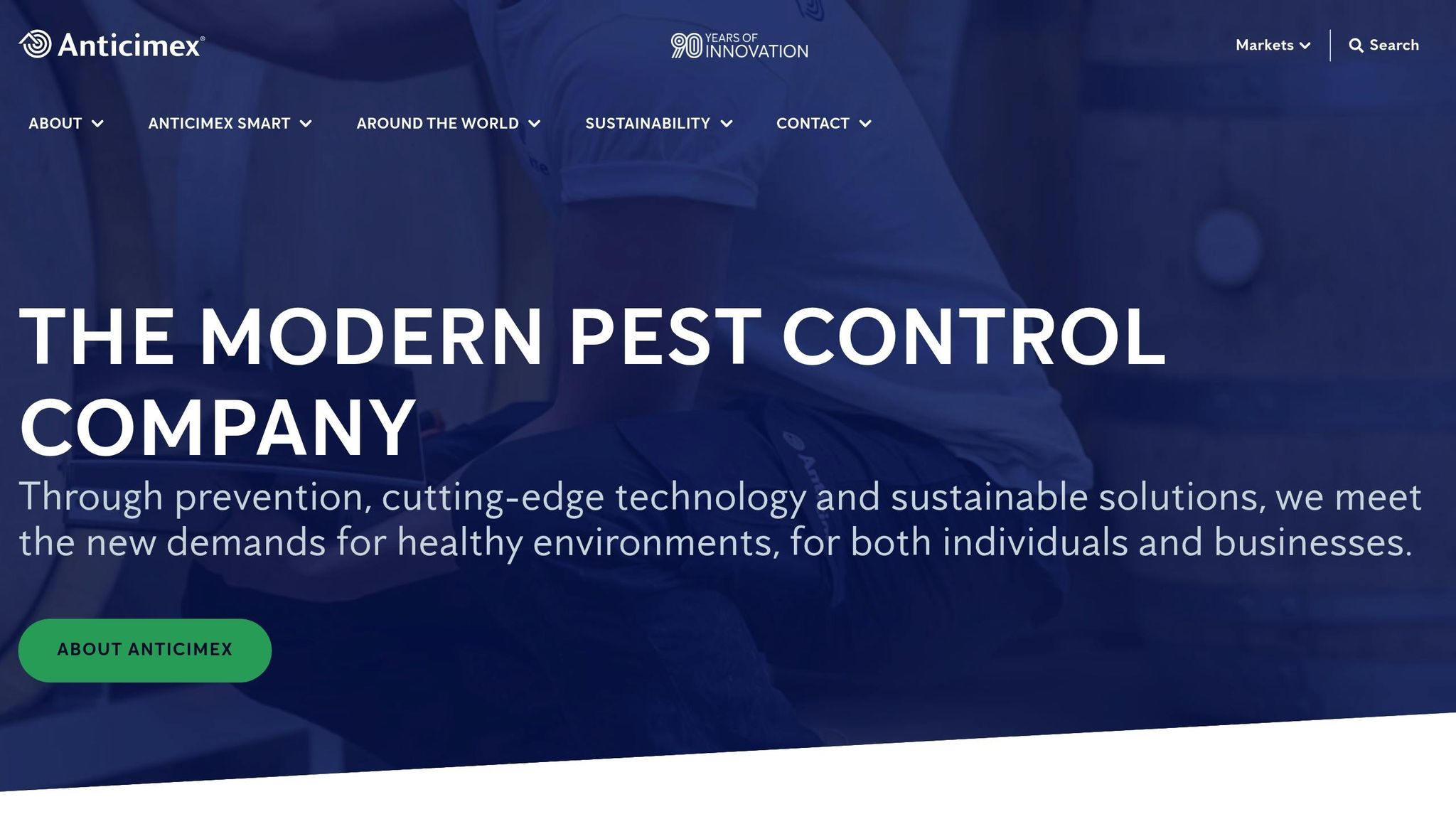

sbb-itb-4d6a8dd
🚀 Ready to Reinvent Your Garden?
Join thousands of homeowners who have transformed their gardens using our AI design tool. Upload one photo to explore endless possibilities.
Get your AI garden designs →Benefits of IoT Monitoring
IoT monitoring offers three major advantages: live updates, remote access, and reduced costs.
Live Updates and Cloud Storage
With IoT monitoring, data is sent in real time and stored in the cloud. This system automates pest detection by analyzing patterns and sending instant alerts whenever unusual activity is detected. Alerts include details like time, location, and conditions, ensuring quick action.
Remote Access
IoT systems allow users to check pest data from any device with internet access. This feature is especially helpful for managing multiple sites, hard-to-reach areas, or remote gardens. Quick access to data helps stop small infestations before they become bigger problems.
Cost Efficiency
While initial setup may be pricey, IoT monitoring saves money over time. It cuts labor costs, ensures pesticides are used efficiently, reduces waste, and prevents crop losses by catching issues early.
Next, we'll explore the setup process and potential challenges.
Limitations and Requirements
Consider these factors carefully before deciding between manual methods and IoT-based monitoring.
Setup and Maintenance Costs
IoT monitoring involves a higher initial investment. You'll need to budget for sensors, gateways, software licenses, and installation. On top of that, there are ongoing costs like maintenance, repairs, and software updates. While these expenses can be offset by reduced labor and early problem detection, they should still be factored into your decision.
System Needs
A functional IoT monitoring system requires several key components:
- Reliable internet connection: Essential for live alerts and predictive data.
- Power sources: Sensors need AC power or long-life batteries for uninterrupted operation.
- Signal strength: Mesh networks or repeaters may be necessary for full-site coverage.
- Compatible devices: Ensure the software works with your existing devices.
- Technical support: Access to support services is crucial for troubleshooting and upkeep.
Without these, the system may not deliver its full potential.
Garden Size and Sensor Coverage
The size of your garden significantly impacts the feasibility and cost of IoT systems:
- Small Gardens: For small spaces, the cost of multiple sensors might outweigh the benefits. Manual monitoring could be more practical.
- Medium-Sized Gardens: With careful sensor placement, you can achieve good coverage and timely alerts.
- Large or Complex Gardens: Larger or multi-zone gardens see the most value from IoT setups, though they require more sensors and gateways to ensure effective monitoring across all areas.
These considerations will help you decide which monitoring method best suits your needs.
Making the Right Choice
Once you've reviewed the features and costs, focus on how well the system fits into your workflow and meets your priorities.
Digital Garden Integration
IoT pest monitoring works seamlessly with platforms like AIGardenPlanner, bringing pest alerts and garden design data together in one place. This allows you to align planting plans and maintenance schedules with real-time pest activity. It also connects pest data with other factors, like weather conditions, to improve garden planning and scheduling.
Now, let’s look at some practical considerations:
Key Factors to Consider
Here are a few things to think about:
- Garden size and layout: Larger or multi-zone gardens benefit the most from automated, zone-based monitoring.
- Budget and tech skills: IoT systems come with higher upfront costs, ongoing service fees, and require some familiarity with digital tools.
- Response time: Automated systems save time by reducing manual inspections and sending nearly instant alerts.
If you're unsure, start small. Test manual checks in a few areas and gradually add IoT sensors. This lets you evaluate their performance and scale up automation where it makes sense.
Related posts
Related Articles
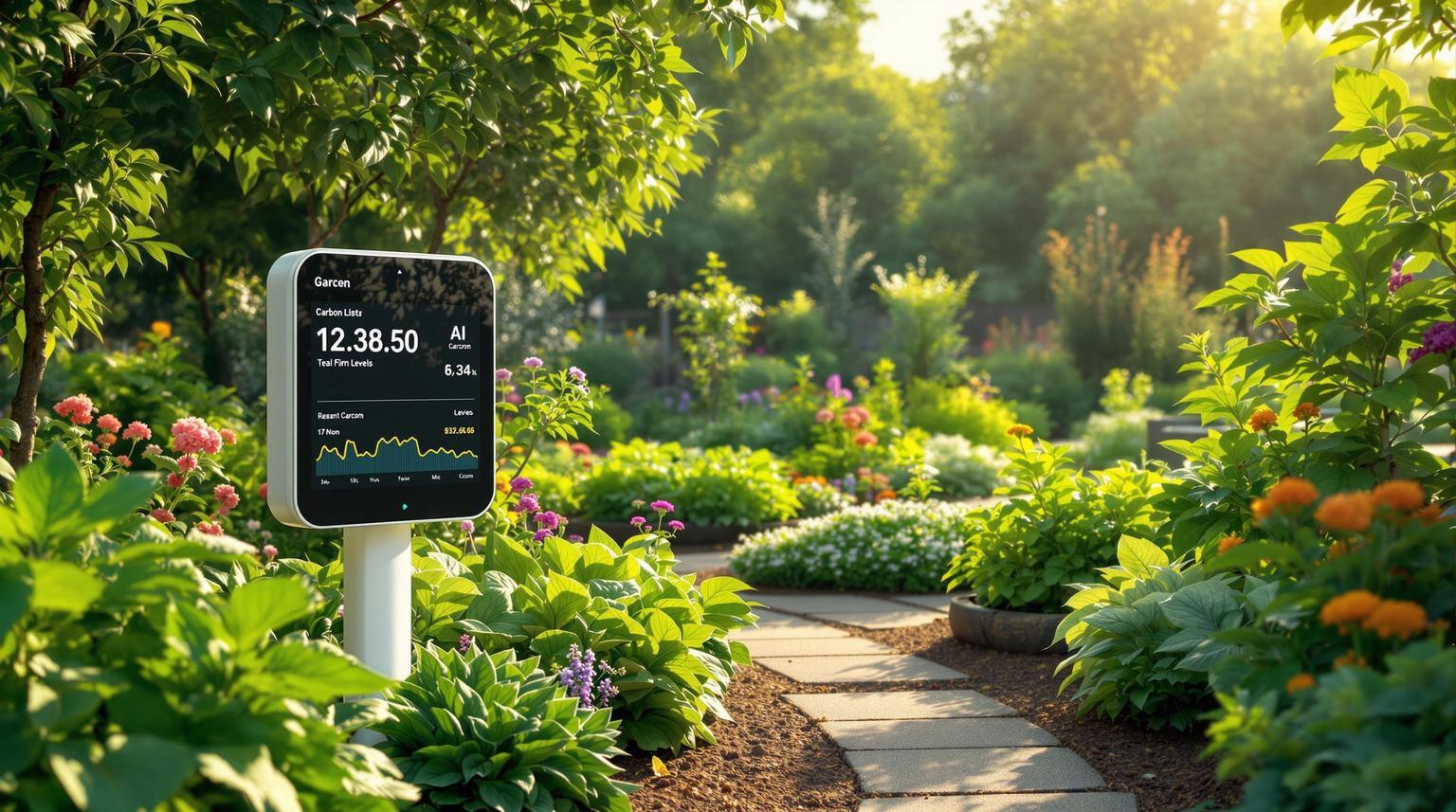
AI Tools for Carbon Sequestration in Gardens
Explore how AI tools can transform your garden into a carbon-sequestering powerhouse with smart plant selection and real-time monitoring.

How Garden Answer Makes Money: Exploring Revenue Streams
Discover the key revenue streams of Garden Answer, a popular gardening channel on YouTube. Learn how they generate income through YouTube Adsense, affiliate marketing, and sponsorships.

How AI Maps Pest Trends for Better Control
Explore how AI is revolutionizing pest control with accurate predictions, eco-friendly practices, and smarter pest management strategies.
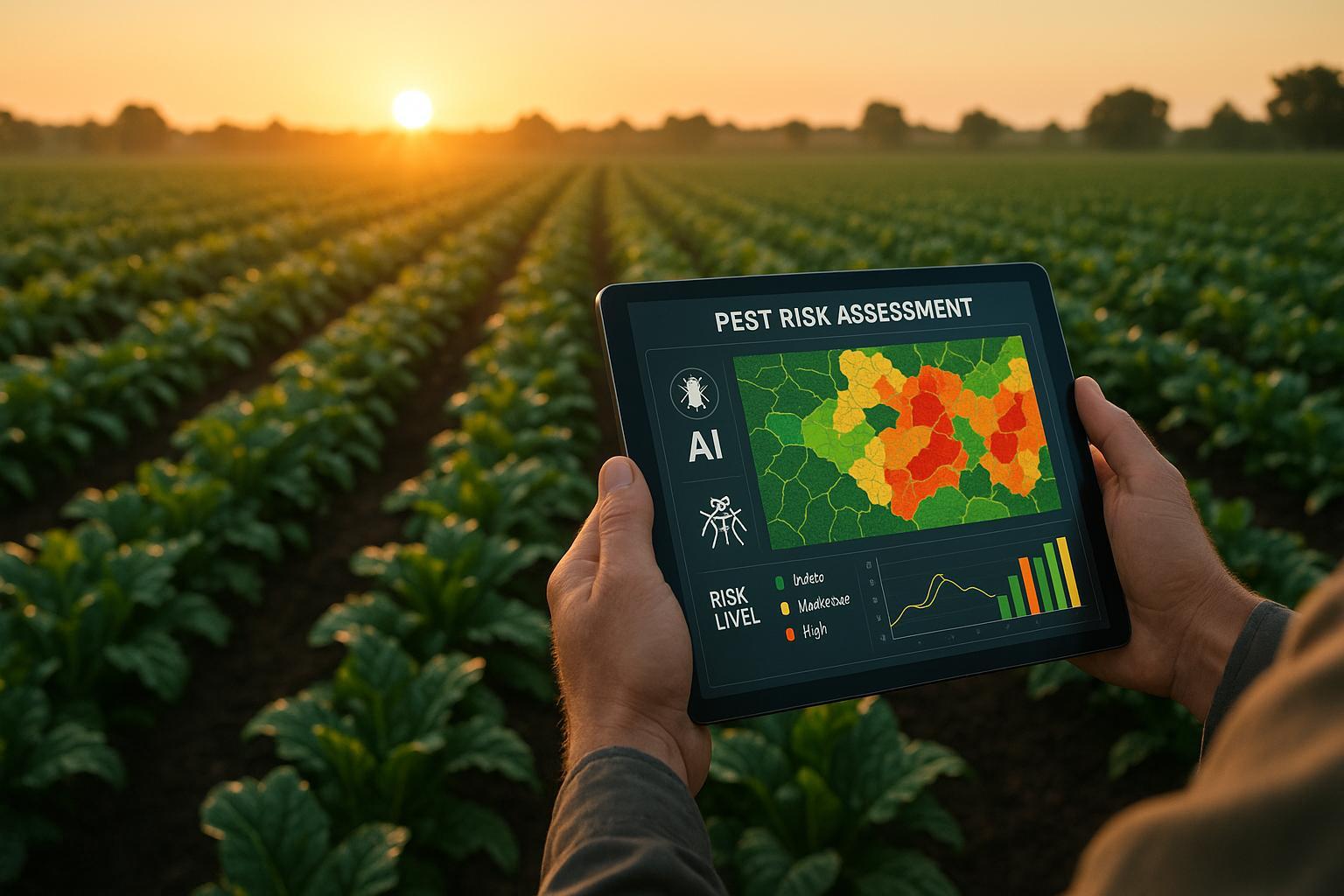
AI Tools for Pest Resistance Risk Assessment
Explore how AI tools are transforming pest management for farmers, reducing pesticide use and enhancing crop yields through advanced technology.
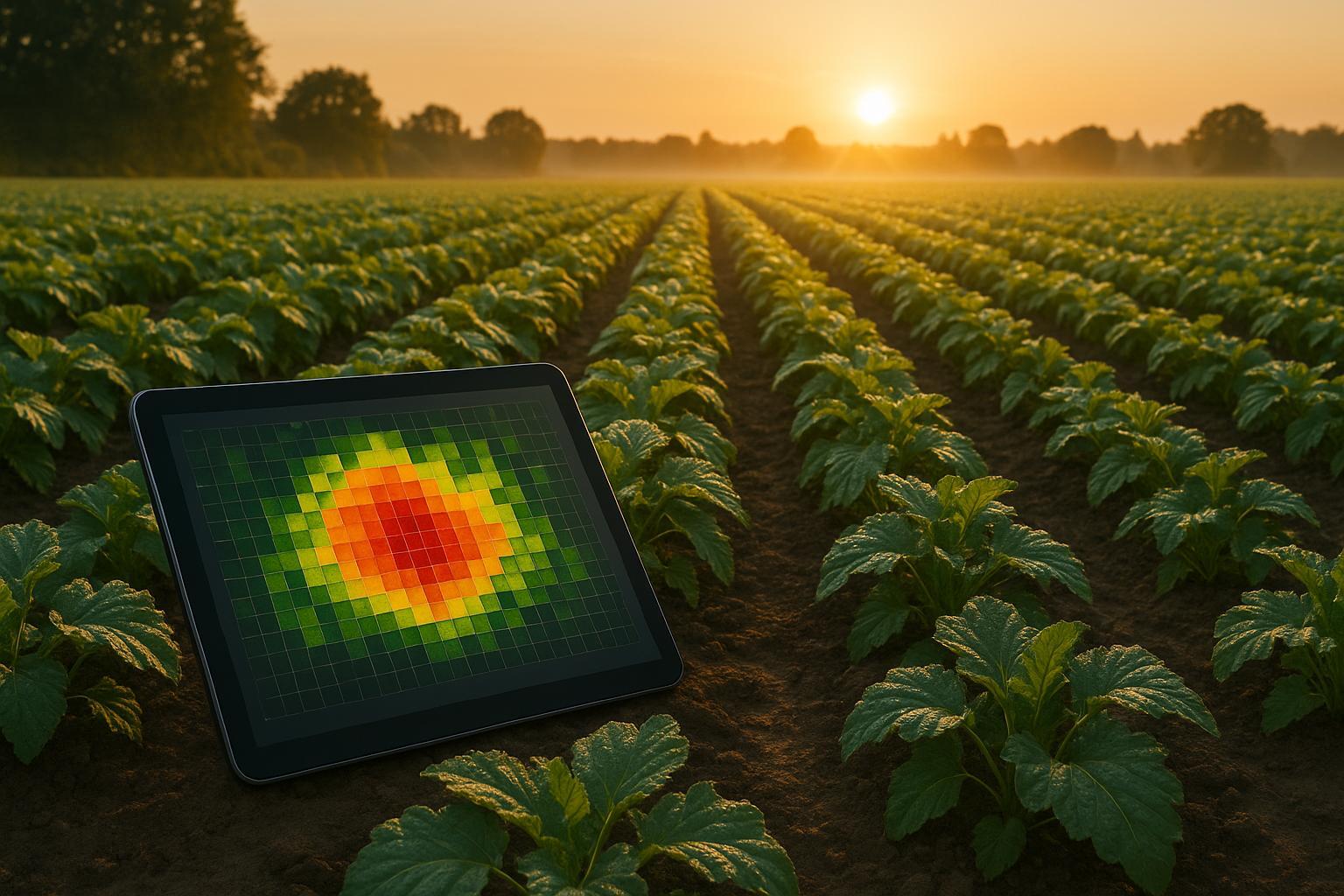
How AI Predicts Seasonal Plant Diseases
Explore how AI predicts seasonal plant diseases using data analysis, enhancing crop health, and promoting sustainable gardening practices.
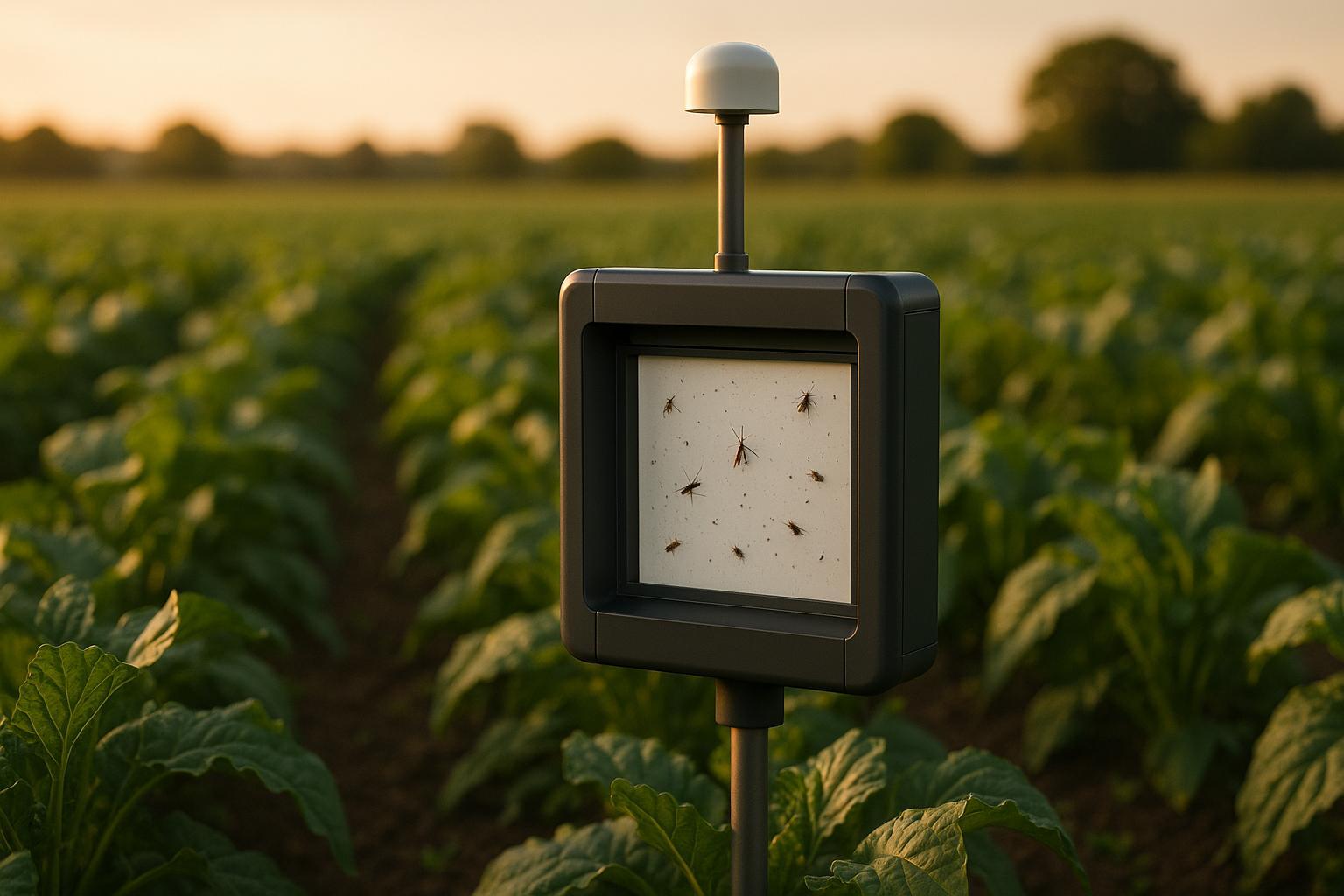
5 Calibration Tips for Remote Pest Monitoring Systems
Learn essential calibration tips for remote pest monitoring systems to enhance accuracy, reduce pesticide usage, and improve crop management.